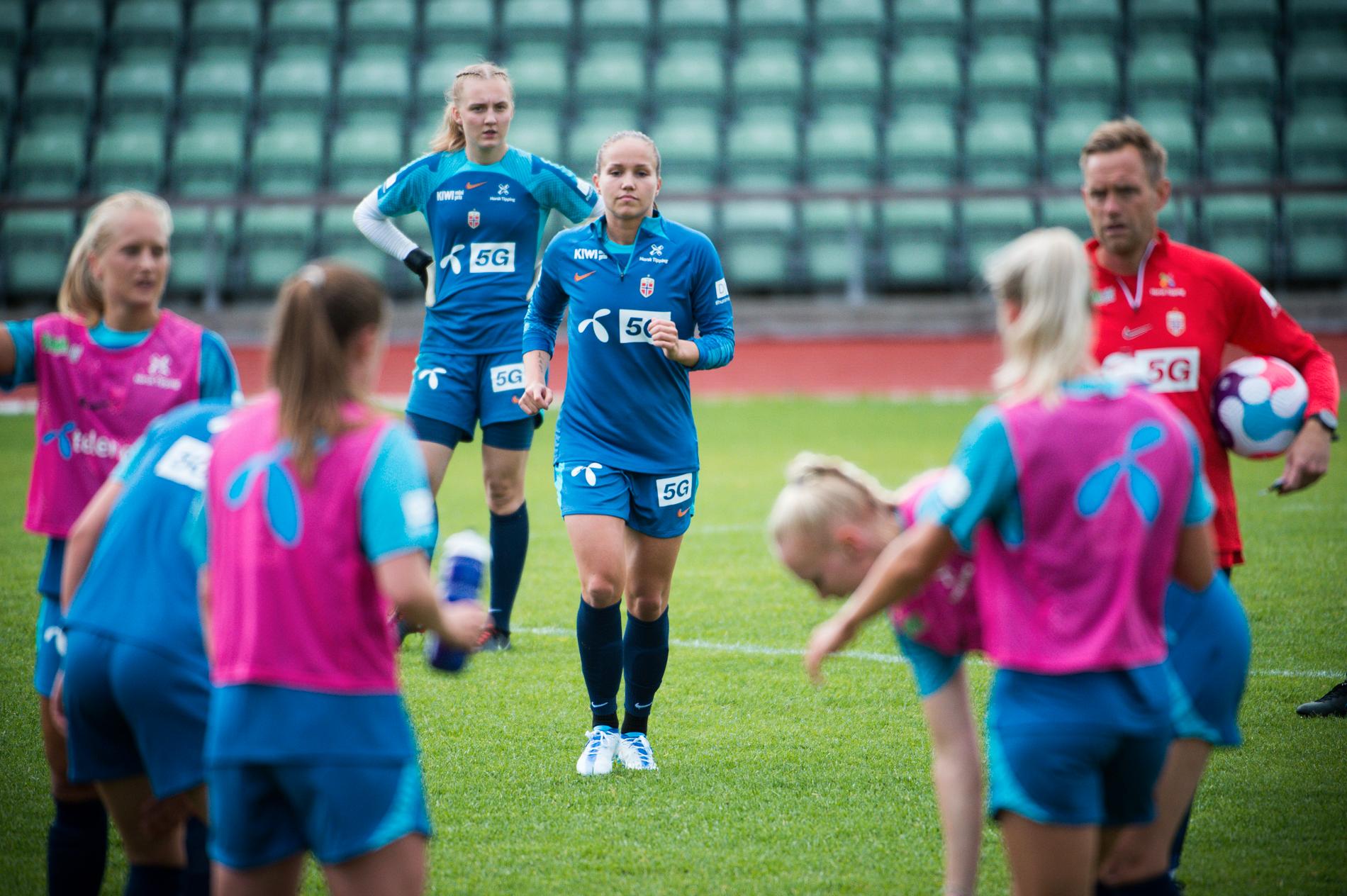While UEFA set aside more than 200 million euros to compensate teams that submitted players to the European Football Championship for men in 2020, the pot ahead of this summer’s European Women’s Championship is 4.5 million euros.
Less than 20 minutes ago
–
The compensation for the teams on the women’s side corresponds to 2.25 per cent of what the men’s teams were compensated with two years ago.
– We have a long way to go, says Vålerenga football’s marketing manager for the women’s team, Jens Dalsegg. He will not criticize UEFA for making the distribution.
The prize money in the European Championships has also increased since the last championship, but here too the differences are great. The women’s national team receives just under four percent of the prize money compared to the men’s European Championships. 571 million euros were set aside during the men’s European Championships in 2020. This summer, the “women’s pot” is 20.5 million euros.
– They get their money from somewhere, from sponsors and via media agreements. That being said, of course UEFA also has a responsibility for how they sell their product and manage the rights. They set the price tag.
Vålerenga has four players who will be in action during next month’s European Championships in England. For the club, it basically means 400,000 kroner in compensation from UEFA.
– We will pay the players’ salaries even if they are gone for a month, so it should only be missing that clubs did not get paid to release full-professional football players to a championship. Then it is obvious that the compensation is low, and there we have a collective responsibility to ensure that the interest and exposure value increases.
– Is it small money the clubs get compared to on the men’s side?
– Yes, but it is the market that decides. If you look at the exposure value, it is understandable that there is a difference in the payments. We do not whine, it is not so many years ago that we were not compensated at all, says Dalsegg.
He also believes that the media “slows down” development.
– The media can help to close the “capital gap”, if that is what you want. Many media focus on equality and unequal distribution in society, but how good are you at lifting women’s football? They can look at their own coverage of women’s football. My contention is that in many cases the coverage is too poor and ignorant in addition to the TV product being too poor. Then, of course, there are some exceptions.
Jens Dalsegg states that there are many who do not care about women’s football.
– There may be poor readership, but perhaps it is an investment the media must take over time to help build the product. Those who pay UEFA for rights at least have a responsibility here. There are many sponsors, global and national, who cheer on women’s football. Many have gone from words to action, but in some cases it is only in the party speeches that one talks about development and equality. When the amount is on paper, there are still extreme differences between men’s and women’s football. You can not say that equality in football is important and then you demonstrate the opposite when it comes to the play, he describes.
In Brann, marketing and media manager Mette Hammersland shares many of the views of her Vålerenga colleague.
– This is the second championship that the clubs receive compensation funds. We are pleased that something has happened. That is the difference, and we just have to keep working to even out that difference. Then we just have to hope that the interest in women’s football increases, Hammersland says to VG.
Brann has five players in the Norwegian EC squad and is initially secured 500,000 kroner in compensation.
–

